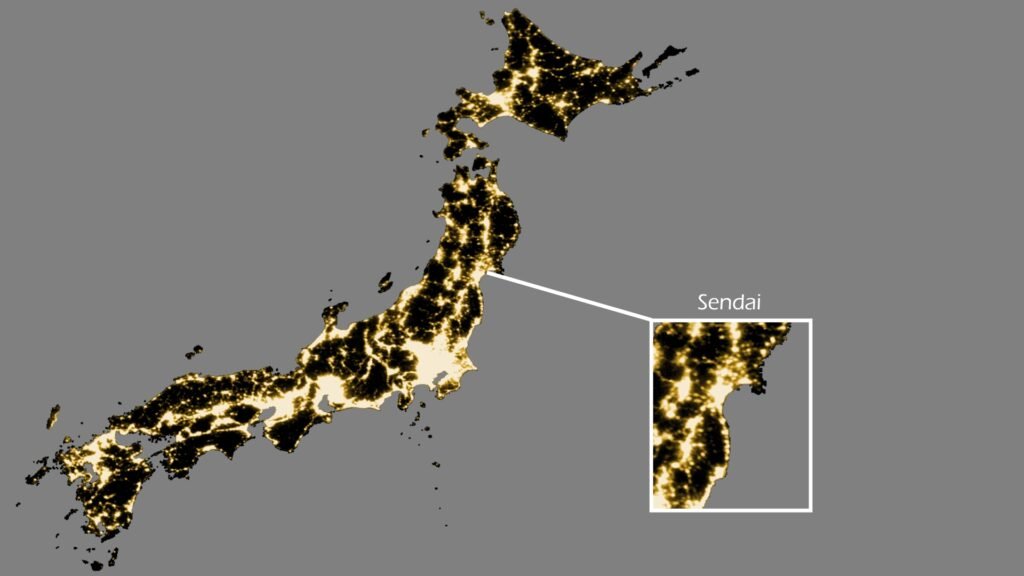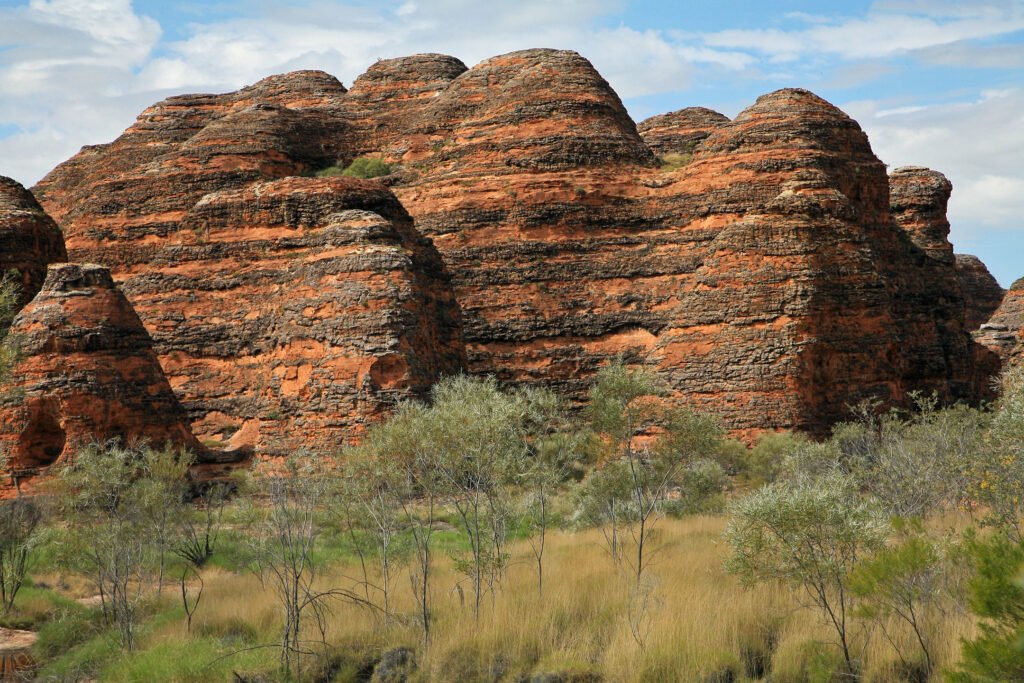Picture yourself camping in the mountains on a clear night when suddenly, brilliant flashes of light dance across the dark sky. There’s no thunderstorm, no aurora activity, yet these mysterious glowing orbs seem to float just above the horizon. You might think you’re witnessing something otherworldly, maybe even extraterrestrial visitors. The reality is far more fascinating than fiction.
You’re experiencing one of nature’s most enigmatic phenomena known as earthquake lights. These luminous spectacles have puzzled scientists and frightened witnesses for over a thousand years, appearing as everything from ankle-high flames to towering curtains of colored light. These aren’t mere tricks of the eye or electrical power line failures.
So let’s dive into this captivating mystery that could one day help us predict when the earth is about to shake beneath our feet.
Ancient Records Document This Mysterious Phenomenon
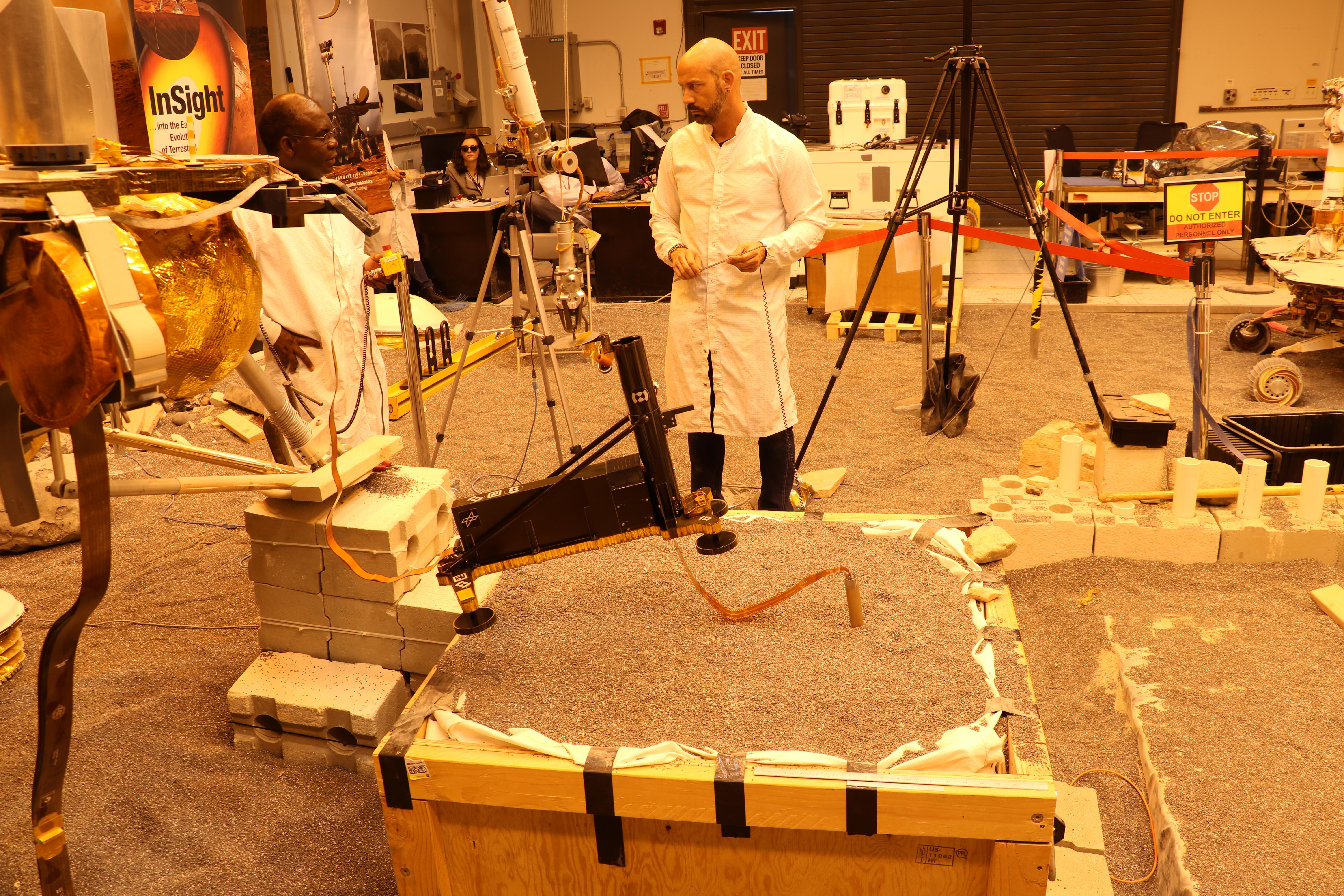
The earliest documented earthquake lights stretch back more than a millennium. One of the first records comes from the 869 Jōgan earthquake in Japan, described as “strange lights in the sky” in the historical document Nihon Sandai Jitsuroku, when a “large earthquake occurred in Mutsu Province with some strange light in the sky.” The Japanese Historical Earthquake Archives noted around 55 instances of such lights throughout Japan’s history.
Throughout history, these phenomena have appeared across the globe during major seismic events. They occurred in the 1811-1812 earthquakes in Missouri, the infamous 1906 San Francisco earthquake, the 1988 Saguenay earthquake in Canada, the 2009 L’Aquila earthquake in Italy, the 2017 Chiapas earthquake in Mexico, and many more. The first recorded mention of earthquake lights comes from Callisthenes, who wrote of an earthquake of 373 BC that “[a]mong the many prodigies by which the destruction of the two cities, Helice and Buris, was foretold, especially notable were both the immense columns of fire and the Delos earthquake.”
Scientific Photography Finally Proves Their Reality
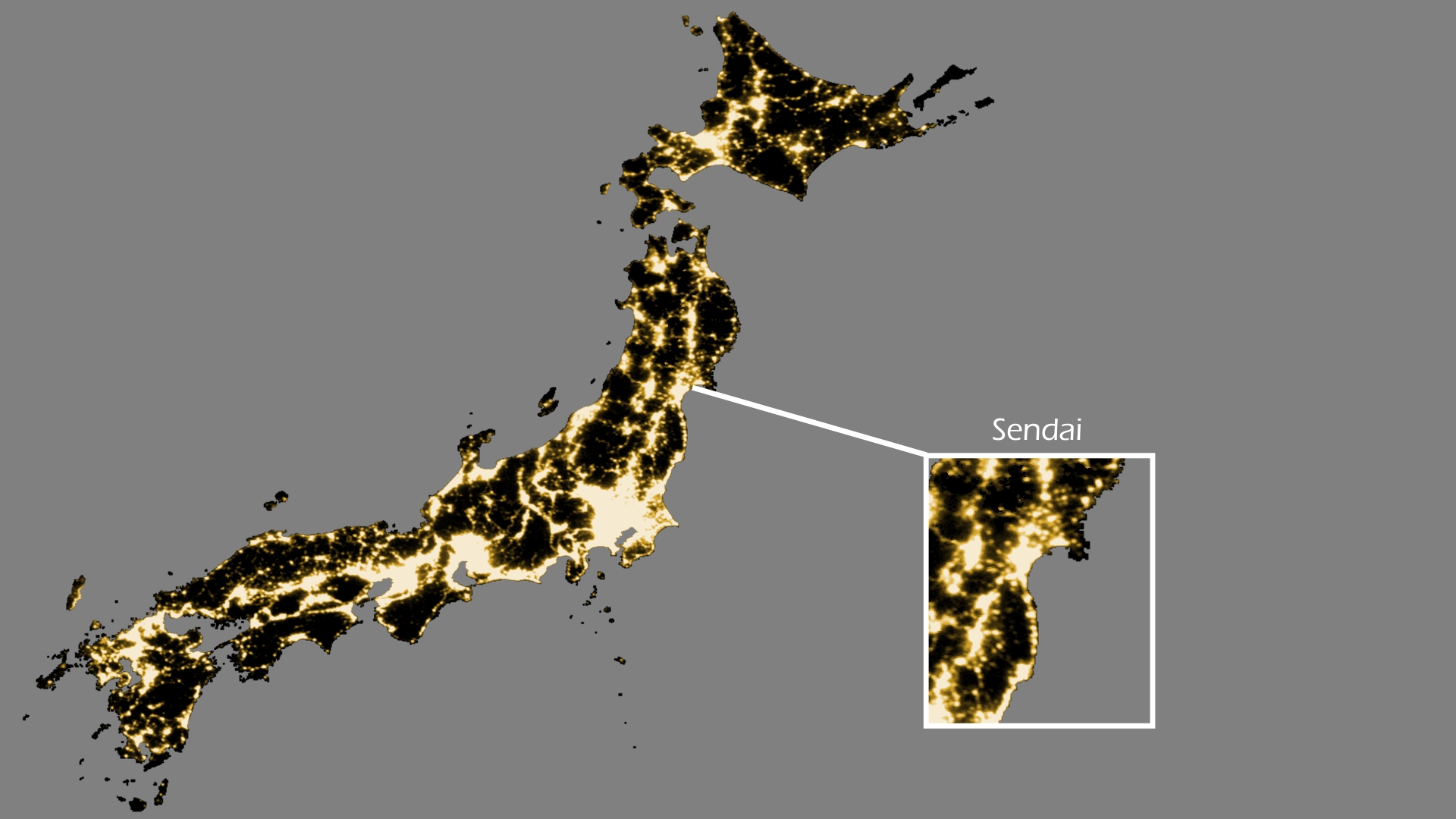
For many years, sightings of earthquake lights were dismissed by the serious geology community. But in the mid-1960s, during a series of earthquakes in Nagano, Japan, scientists made photos of earthquake lights that were clearly tied to the geologic activity. National Geographic reported it was not until photographs of “earthquake lights that were clearly tied to the geologic activity” were captured in 1965 at Nagano, Japan, after which “scientists acknowledged the validity of the phenomenon.”
They’ve been recorded throughout history, but modern science has only started to take them seriously since the photographs of the Matsushiro earthquake lights taken by Yutaka Yasui between 1965 and 1967. The famous photograph taken by T. Kuribayashi at Mt. Kimyo in 1966 brought earthquake lights to the brink of being officially recognized and studied, with the luminosity lasting approximately 90 seconds. Since then, an increasing number of the phenomena have been captured on film and video, in part because of the rise of surveillance cameras. For example, cameras caught clear images of earthquake lights in Pisco, Peru, in August 2007, during a magnitude 8 earthquake there.
These Lights Take Many Different Forms and Colors
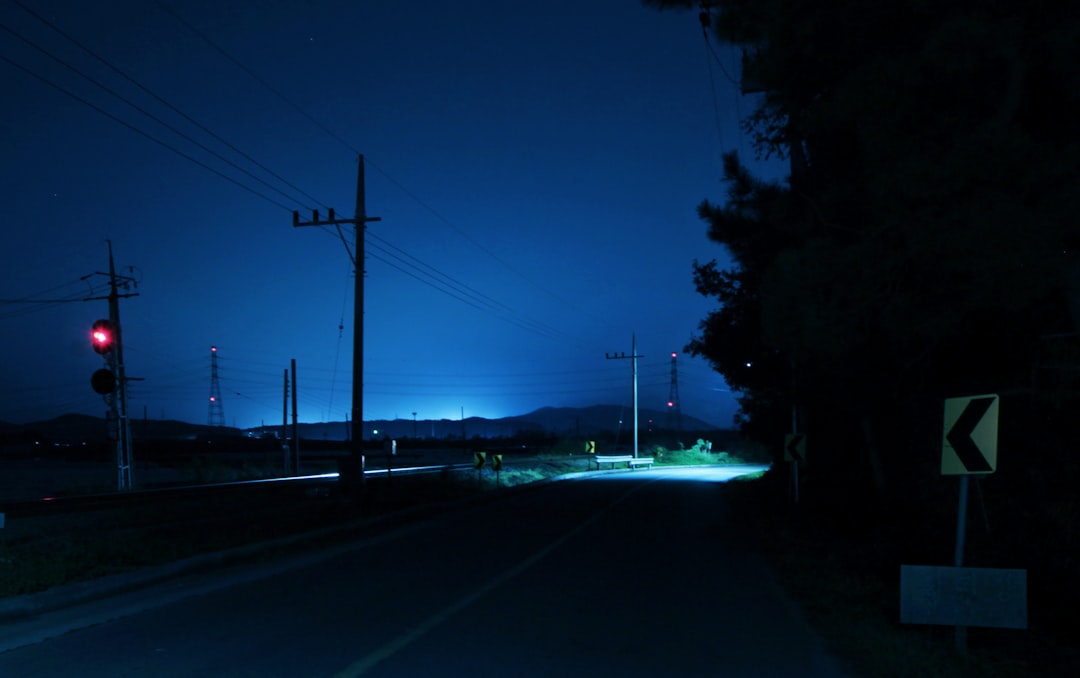
The lights have been reported as white or blue flashes and as glowing orbs. Sometimes, they’re floating orbs. Other times, they appear as green cloud-like streaks. Sometimes, the light even seems to move across the sky like lightning. A few witnesses even said the lights came up from the ground. Sometimes called earthquake lightning, the lights can take “many different shapes, forms, and colors,” including bluish flames that appear to come out of the ground at ankle height; orbs of light called ball lightning that float in the air for tens of seconds or even minutes.
Among the dozens of earthquakes that reportedly produced strange lights, their qualities varied widely: People reported seeing white flares, or floating orbs, or rainbow-colored flickering flames. The lights sometimes appeared for just a few seconds, but other times they hovered in the sky for minutes or hours at a time. Accounts of viewable distance from the epicenter varies: in the 1930 Idu earthquake, lights were reported up to 110 km (70 mi) from the epicenter.
Vertical Faults Are Key to Understanding These Phenomena
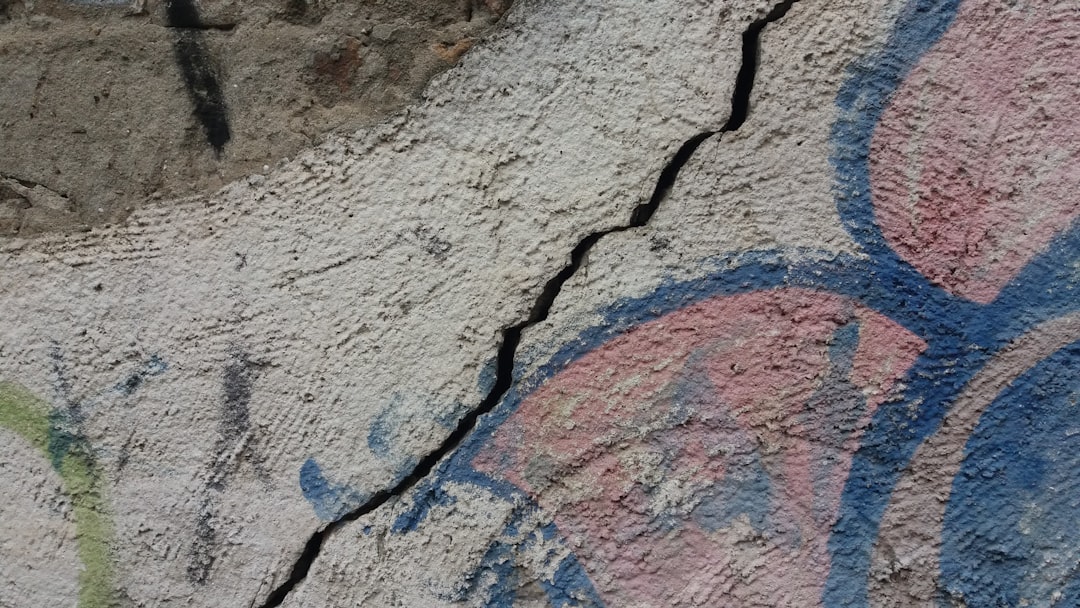
Research suggests that the angle of the fault is related to the likelihood of earthquake light generation, with subvertical (nearly vertical) faults in rifting environments having the most incidences of earthquake lights. The researchers found that 85% of the recorded lights appeared spatially on or near rifts, and 97% appeared adjacent to subvertical faults. Intraplate faults (in the interior of a tectonic plate, rather than on a plate boundary) are associated with just 5% of Earth’s seismic activity but 97% of documented cases of earthquake lights.
The researchers believe that deep lying, abrupt, vertical faults are an important prerequisite for the phenomenon of earthquake lights to occur. They were present in 97 percent of the evaluated events. In subduction zones, where the continental plates slide under each other, this does not happen, evidently due to the fact that the faults are not steep enough.
Electrical Charges in Rocks Create the Spectacular Displays
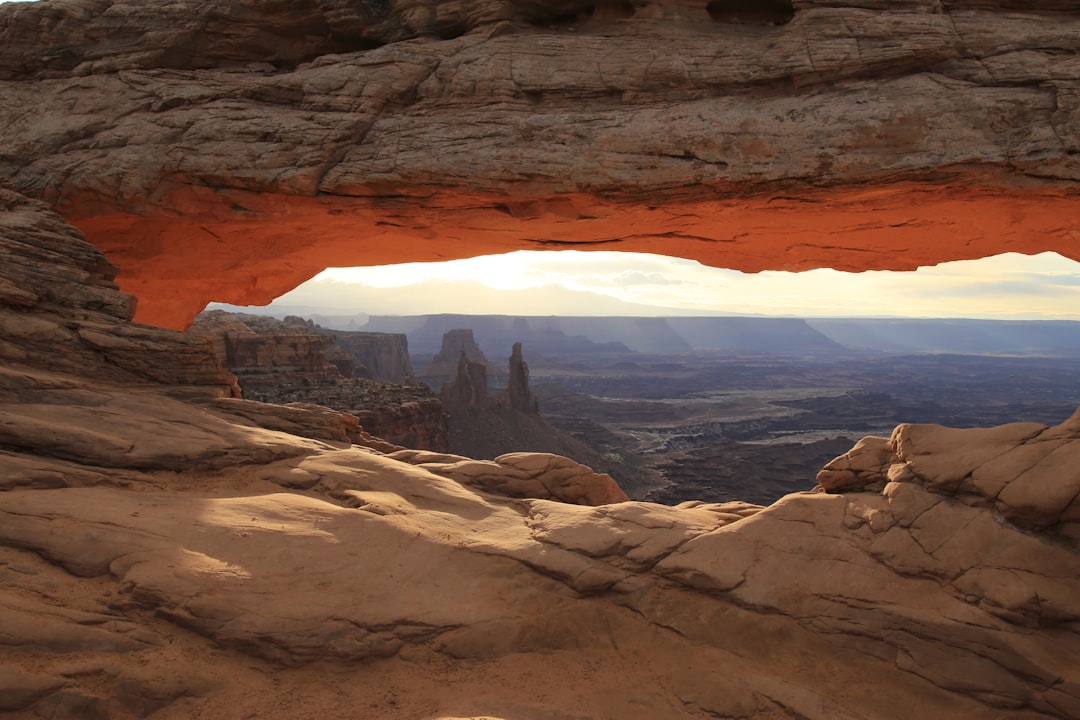
“When nature stresses certain rocks, electric charges are activated, as if you switched on a battery in the Earth’s crust,” explains scientist Friedemann Freund. Experts say that before an earthquake, the tension in the ground may break apart groups of negatively charged oxygen atoms. When this happens, those atoms rush to the surface. There, they form clusters that create a charged gas that sends off light.
Scientists from Quebec’s Ministry of Natural Resources and NASA propose that grinding rock can cause stress deep in the crust, which in some types of rock can break apart pairs of negatively-charged oxygen atoms. When this happens, each of the oxygen ions are released, and these can flow through cracks in the rock, towards the surface. At that point, the thinking goes, high-density groups of these charged atoms will ionize pockets of air, forming a charged gas (a plasma) that emits light. The current flowing out of the stressed rock volume is carried by p-holes, that is, defect electrons on the oxygen anion sublattice associated with energy states at the top of the valence band. Because of their wide spectrum of lifetimes, the number of positive holes activated per unit volume of rock and, hence, the outflow currents increases steeply with the rate at which stresses are applied.
Specific Rock Types Are More Prone to Light Generation
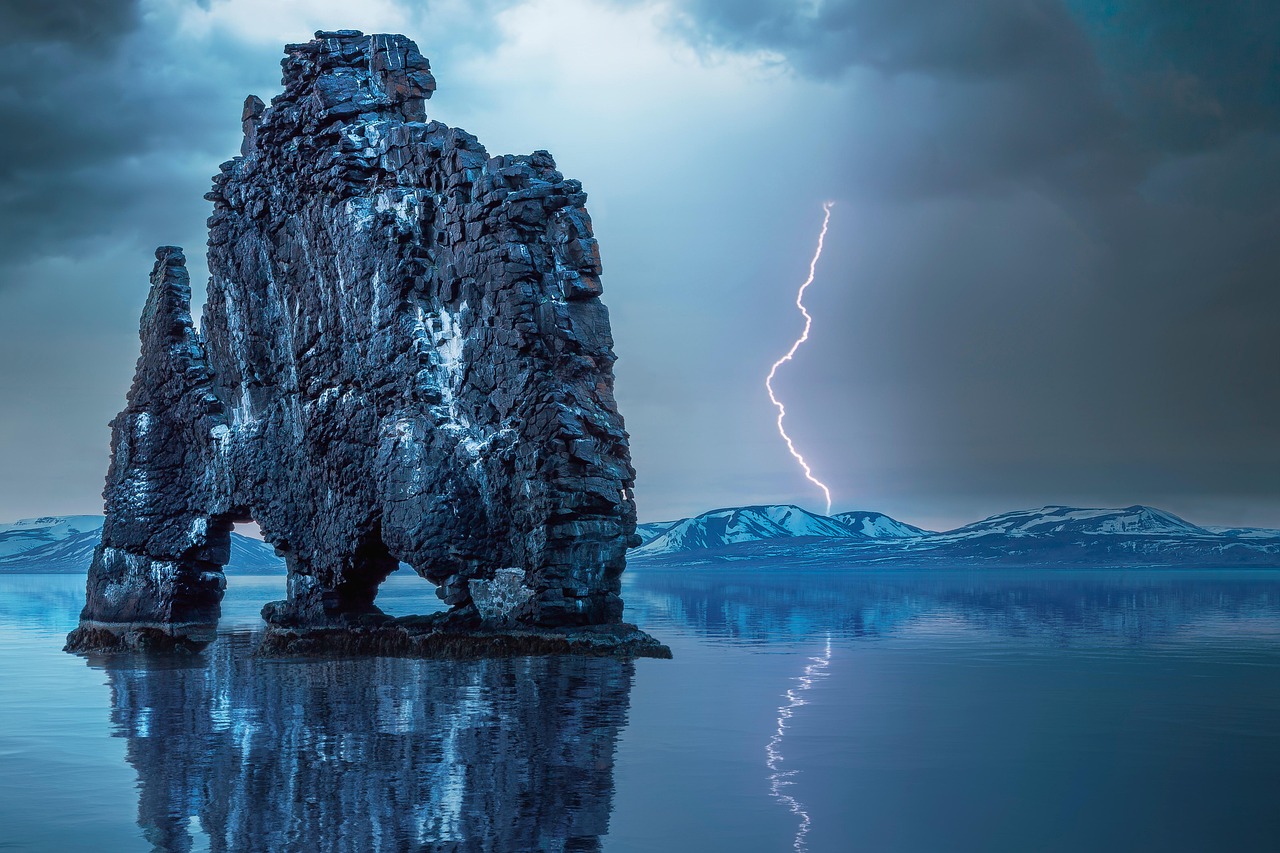
The types of rocks that are particularly given to the phenomenon are basalts and gabbros, which have tiny defects in their crystals. When a seismic wave hits, electrical charges in the rocks may be released. Basalt and gabbro rocks, for example, have tiny defects in their crystals that could release electrical charges into the air. In some areas, basalts and gabbros are present in vertical structures called dikes, which formed as magma cooled along vertical faults and may reach as deep as 60 miles underground. These dikes may funnel electrical charges along. “The charges can combine and form a kind of plasma-like state, which can travel at very high velocities and burst out at the surface to make electric discharges in the air.”
Research by Enomoto found that granite had the most intense reaction, sparking bright white. Other rocks behaved differently: Rhyolite emitted orange lightning; limestone, an intense red glow. Enomoto also believes that rocks containing quartz are more prone to luminous reactions. What the team found through a series of experiments was that in certain circumstances, a build up of gasses – particularly methane and carbon dioxide – under the Earth’s crust eventually rupture, causing an earthquake. At the same time, those same gasses become electrified as they are expelled, creating the lightning.
Modern Technology Captures These Elusive Events
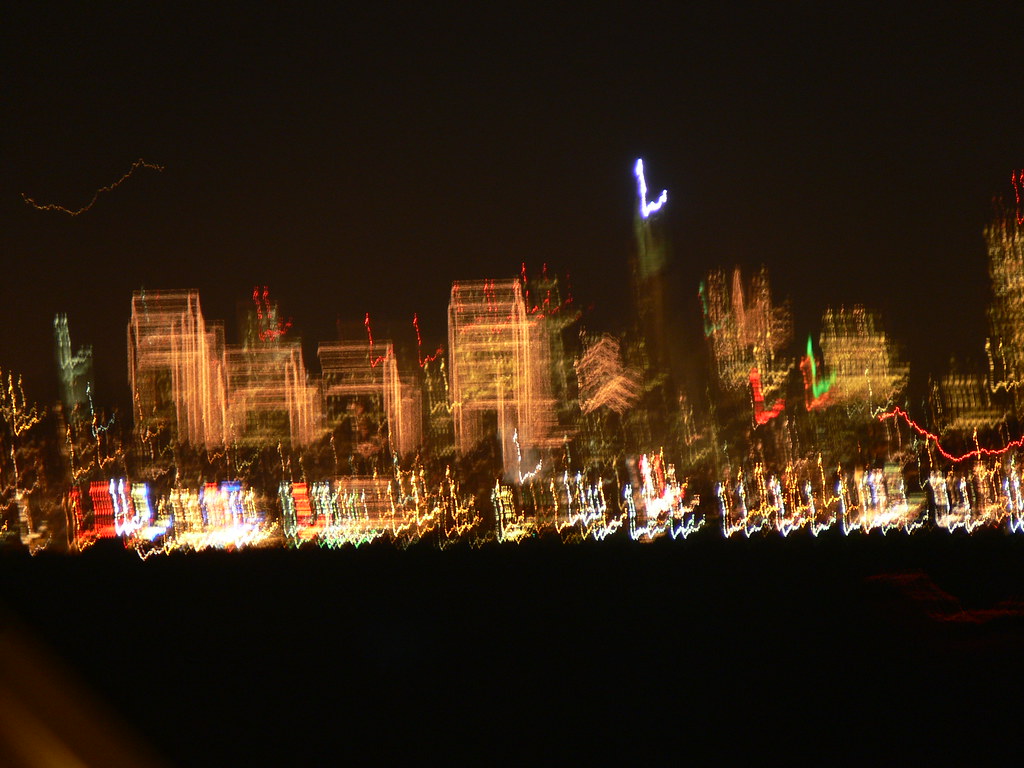
In the age of technology, earthquake lights are harder to deny. They were caught on camera for the first time in 1965 during an earthquake in Japan. Since then, other footage has continued to roll in. They were recorded just before a 2008 quake in China. Similar sightings came from Italy in 2009 and New Zealand in 2016. “These phenomena are well documented because of so many security cameras running day and night now,” says Friedemann Freund at NASA’s Ames Research Center.
When a magnitude 8.1 earthquake struck Mexico in 2017, eerie images of green and blue lights in the sky popped up on social media. The so-called Mexico earthquake lights were yet another mysterious instance of a phenomenon that has been puzzling experts for hundreds of years. The earthquake that struck southern Mexico this month was accompanied by fuzzy green smears in the night sky. After a major earthquake struck off the southern coast of Mexico on September 7, videos of fuzzy green smears in the night sky went viral online.
These Lights Could Become an Early Warning System

The lights almost always appeared before or during the seismic shocks, only rarely afterwards. Earthquake lights have already been used to help predict quakes. Just before Italy’s L’Aquila earthquake in 2009, a man in his kitchen saw bright flashes of light. Because he had reportedly read about earthquake lights before, he moved his family to a safer place. “At the occasion of the devastating earthquake which took place in 2009 in L’Aquila, in Italy, it seems that the lights even made it possible for one of the inhabitants to save his family. The man, according to report of the investigators, brought his family to safety outside the house after he had noticed the lights. ‘This is one of the rare confirmed reports in which earthquake lights have moved someone to proactive action,'” says Thériault.
“Together with other clues evidencing change prior to seismic activity, earthquake lights could one day be helpful in predicting larger earthquakes.” Discovering the roots of this phenomenon could help scientists better predict earthquakes. “Earthquake lights are the tip of the iceberg, the most extreme expression of these phenomena, but underneath there are lots of other aspects, and we are considering measuring these in the context of forecasting.”
Scientific Skepticism Still Exists Among Researchers

The U.S. Geological Survey is circumspect about whether earthquake lights, or EQL, really exist. “Geophysicists differ on the extent to which they think that individual reports of unusual lighting near the time and epicenter of an earthquake actually represent EQL. Some doubt that any of the reports constitute solid evidence for EQL, whereas others think that at least some reports plausibly correspond to EQL.” There is no broad consensus as to the causes of the phenomenon (or phenomena) involved, and disagreement about whether earthquake lights exist.
The conditions that lend themselves to the lights exist in less than 0.5 percent of earthquakes worldwide, the scientists estimated, which would explain why they have been relatively rare. One of the complications in studying earthquake lights is, of course, that they’re unpredictable and short-lived. In an attempt to work around this, some scientists have attempted to recreate the phenomenon in the lab. One of the main challenges in the study of earthquake lights is the need for serendipity – being in the right place at the right time. The unpredictable nature of earthquakes, coupled with the sporadic occurrence of these lights, makes it difficult for scientists to set up dedicated observations, resulting in a limited number of empirical studies.
Conclusion
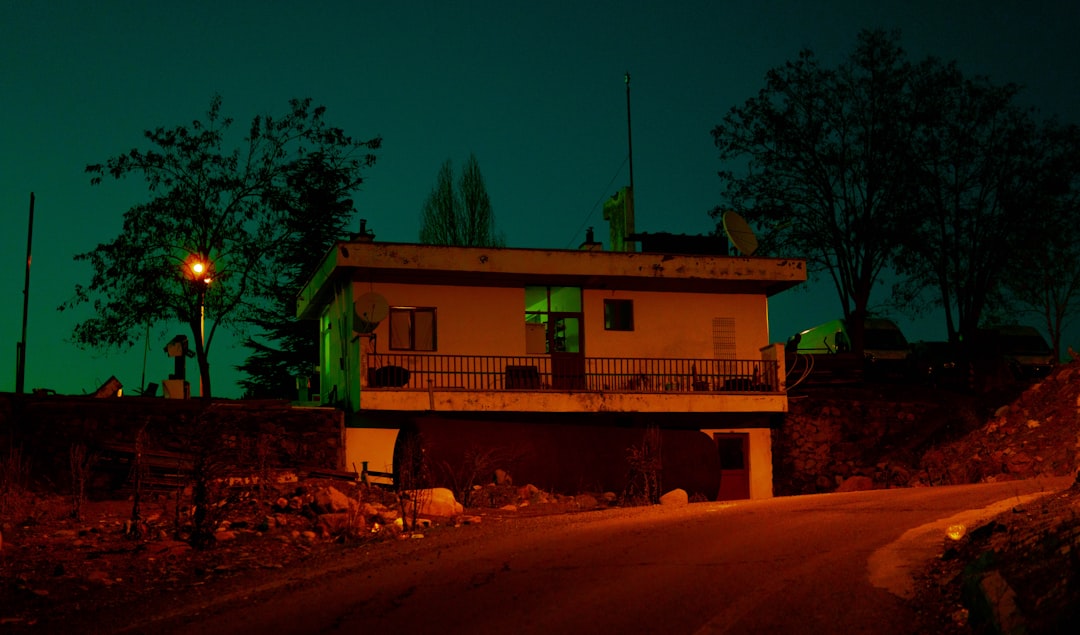
remains one of Earth’s most captivating mysteries. From ancient Japanese records to modern-day security cameras, these luminous phenomena continue to spark scientific curiosity and public fascination. While researchers have made significant progress in understanding the electrical mechanisms behind these lights, many questions remain unanswered.
Perhaps most exciting is the potential for earthquake lights to serve as an early warning system for devastating seismic events. As technology advances and our understanding deepens, these ethereal displays might transform from mysterious curiosities into life-saving predictors of when the ground beneath us is about to shake.
What do you think about these mysterious lights dancing across the sky before earthquakes? Have you ever witnessed something similar during a seismic event? Share your thoughts and experiences in the comments below.

Hi, I’m Andrew, and I come from India. Experienced content specialist with a passion for writing. My forte includes health and wellness, Travel, Animals, and Nature. A nature nomad, I am obsessed with mountains and love high-altitude trekking. I have been on several Himalayan treks in India including the Everest Base Camp in Nepal, a profound experience.

